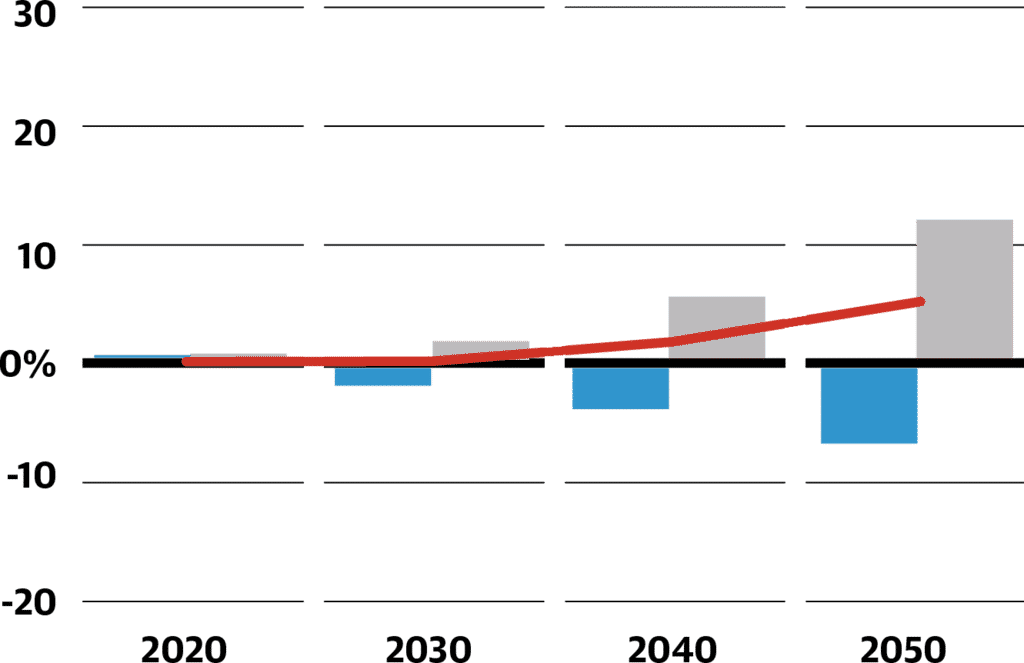Low birthrates, people leaving their countries are the EU’s bigger demographic, if not political, challenges.
For Europe as a whole, immigration can present an opportunity as much as a challenge. Aging, shrinking populations need young workers to prop up social security systems and keep the economy moving.
But as these projections show, for individual countries, the picture can be very different. For some, low birthrates make mass immigration a must. For others, outward migration is accelerating depopulation. Still others have put in place family friendly policies that favor childrearing, reducing dependency on new arrivals. Perhaps it’s not surprising that the European Union has struggled to come up with a common response to immigration.
“Europe is so diverse,” says Tomas Sobotka of the Wittgenstein Centre for Demography and Global Human Capital in Vienna, Austria. “Most of the solutions should be local.”



































Source: Europe’s (lack of) migration problem – POLITICO














